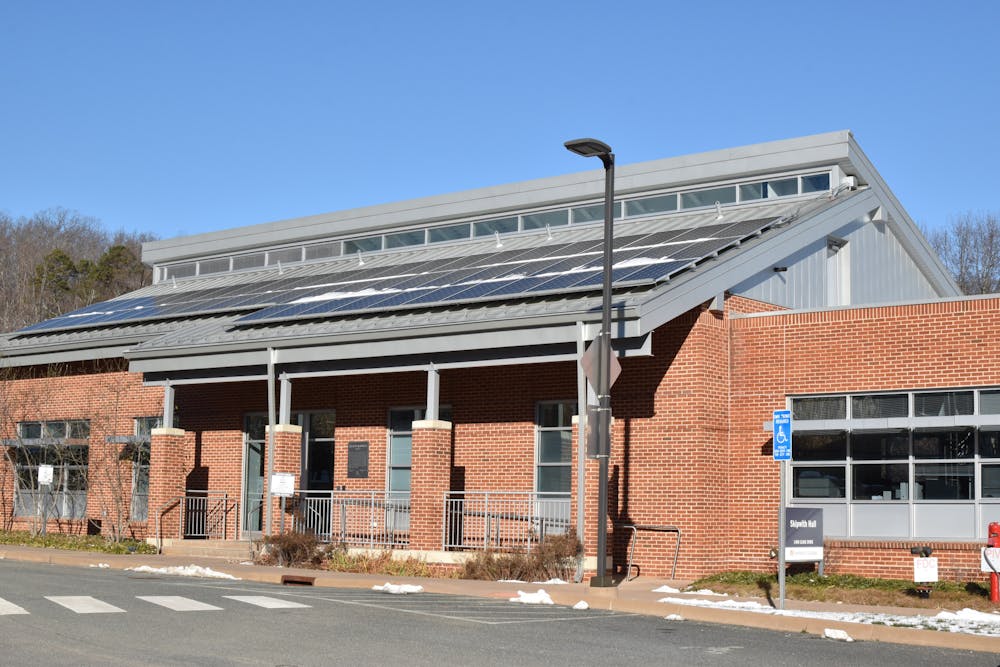The U.S. Department of Energy has recognized the University for reducing energy usage per square foot by 27 percent over the last decade.
The achievement surpassed the goal of the Energy Department's Better Buildings Challenge, which the University joined in 2013, to reduce energy usage in buildings by 20 percent within 10 years. The DOE challenge encourages U.S. companies, universities and local governments to share their energy reduction annual progress and their solutions for others to follow.
Jesse Warren, Office for Sustainability associate director, said the challenge helped catalyze efforts to promote sustainability.
“The Better Buildings program is very much about supporting folks who are making the right decisions,” Warren said. “We're working with others in our field, identifying best practices, and bringing those best practices to life.”
Other universities who partnered with the DOE for the challenge include Penn State University, University of California, Berkeley and Northwestern University.
Warren said one way the University decreased energy usage was through renovating existing buildings, a process called retro-commissioning. The renovations are funded through the University’s Building Efficiency Program which identifies energy-use intensive buildings and implements efficiency upgrades.
One of the buildings to receive upgrades in the last decade was Clark Hall which houses the Department of Environmental Sciences and the Charles L. Brown Science & Engineering Library. The upgrades made to the building included switching all lighting to LED, updating the ventilation systems and making air-handling units more efficient.
Mark Stanis, director of capital construction and renovations, said of the nearly 600 existing buildings on Grounds that many have had some form of maintenance work in the last decade to make them more efficient.
“Every little bit can help,” Stanis said. “We can't always afford or have the time to do a large project but if we can do a wing of a building or a department, all those will add up over time and that's how we can get to the savings.”
According to Warren, new construction projects also played a major role in the efficiency achievement because new buildings have relatively low energy consumption which leads to the University using less energy per square foot. All new buildings are built to Leadership in Energy and Environmental Design standards, a certification system that rates the design, construction, operation and maintenance of buildings in terms of environmental responsibility and sustainability.
The University also follows their own Green Building Standards as part of their design guidelines for new constructions which encourage reduced environmental impact. Alderman Library, which re-opened this month after a multi-year renovation, followed these guidelines and includes many new energy efficient features.
One way the library saves energy is through daylighting, where building lights work based on how much natural light is available in each room, according to Stanis.
Between 2010 and 2021, the University decreased their greenhouse gas emissions by 44.6 percent, according to an Office for Sustainability report. In December 2019, the University Board of Visitors approved new goals — as part of the 2030 sustainability plan — for the University to be carbon-neutral by 2030 and fossil fuel-free by 2050. The University has also joined the Department of Energy’s Better Climate Challenge, which calls for portfolio-wide greenhouse gas reductions among public and private entities.
Questions about the Building Efficiency Program and energy consumption can be directed to Warren at jmw4ub@virginia.edu.







